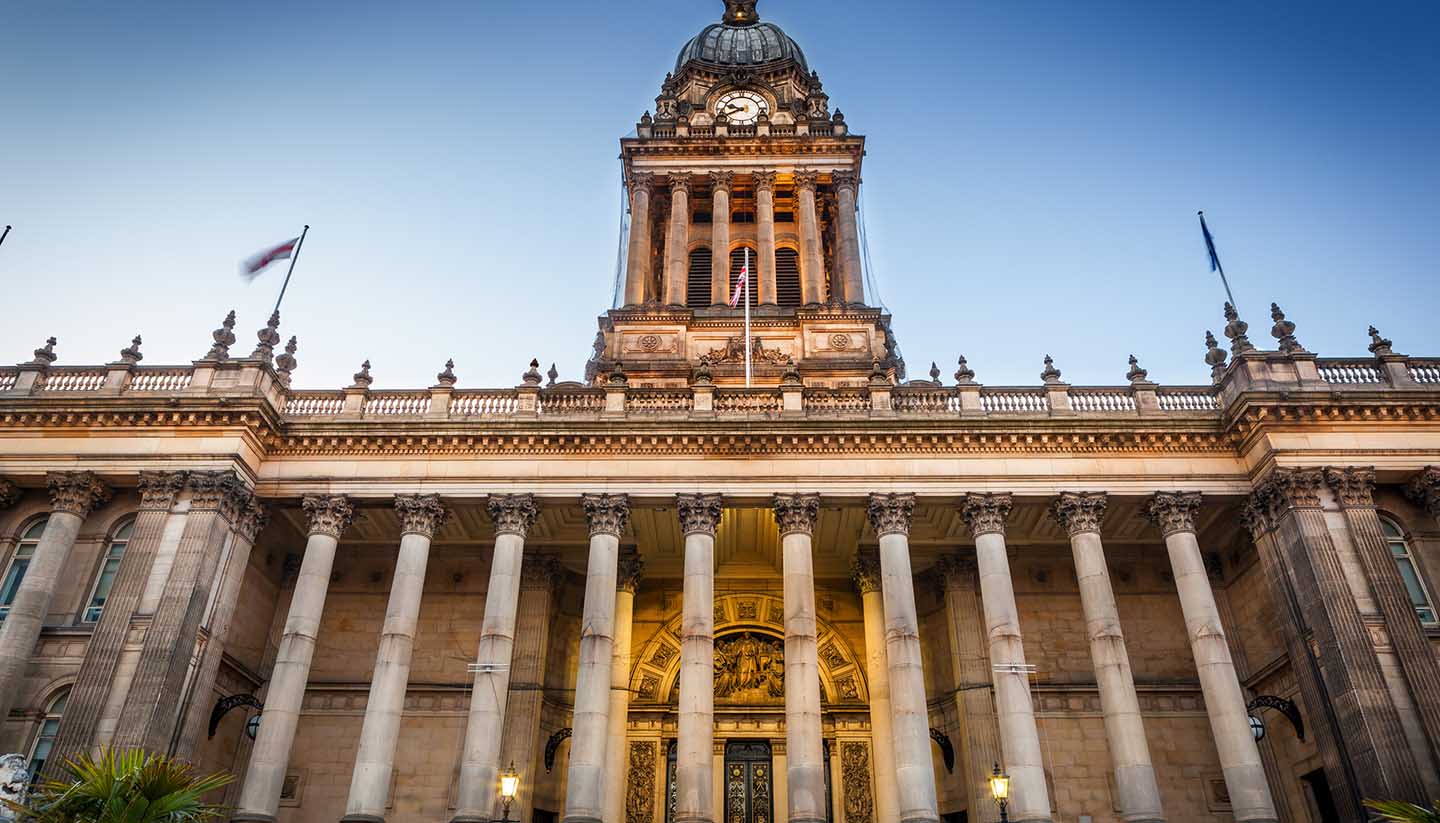Leeds History
Leeds has a long history dating back to the Romans. It was first mentioned by the Venerable Bede in Anglo-Saxon times when it was called Loidis, thought to mean ‘people of the river’.
Before Anglo-Saxon rule it was part of the Celtic kingdom of Elmet, though by 1086 its population was estimated at around 200 people in the Domesday Book.
The settlement steadily grew in both size and stature over the following centuries, developing on the back of agriculture and the burgeoning wool and cloth trades. By the Middle Ages, Leeds was one of the largest towns in the region, attracting traders and businessmen.
The famous streets of Kirkgate and Briggate were already in existence by 1560, along with a lane that later became Headrow. In the 1770s, the town was responsible for 30% of the country’s woollen exports, most of it bound for Europe via the Humber estuary. The population had risen to 30,000.
During the Industrial Revolution, Leeds’ cloth mills went into mass production and the population increased to over 88,000. Many of the city’s splendid Victorian buildings date from this boom period too including Leeds Town Hall, the Civic Theatre and the iconic domed Corn Exchange, built in 1861.
In the early 20th century, clothing factories sprang up in the city, employing 25% of all women by 1911. They were instrumental in kitting out the British army in military uniform during WWI, and by the 1930s, one factory in Leeds was turning out 30,000 suits a week. But as the 20th century progressed, fewer textile mills and clothing factories were able to survive.
As industry declined, Leeds developed into a financial hub, and nowadays is the second largest legal centre in UK. More recently, it has become particularly associated with retail. 21st century Leeds is vibrant, with shopping, leisure and entertainment options that match any of its neighbours in the north.
Did you know?
• The early inhabitants of Leeds, who are thought to have been Celtic, would have spoken Welsh.
• Leeds was exporting cloth to Holland and Germany as far back as the 17th century, in the days before the great mills that made the city rich and famous.
• Jelly Tots were accidently invented in Leeds in 1967 when scientist Brian Boffey was trying to produce an instantly setting jelly.


